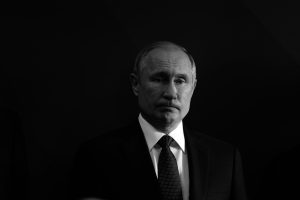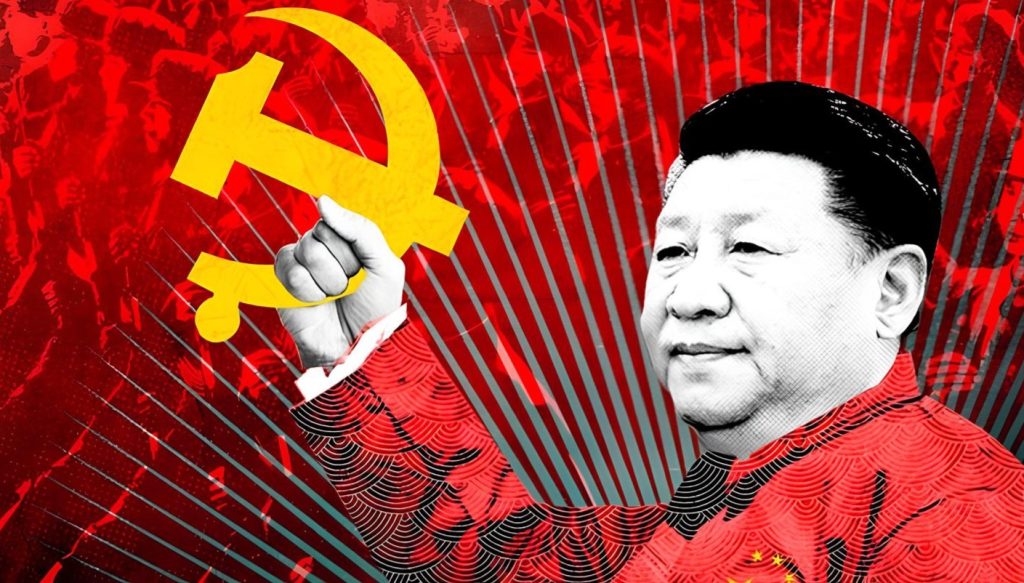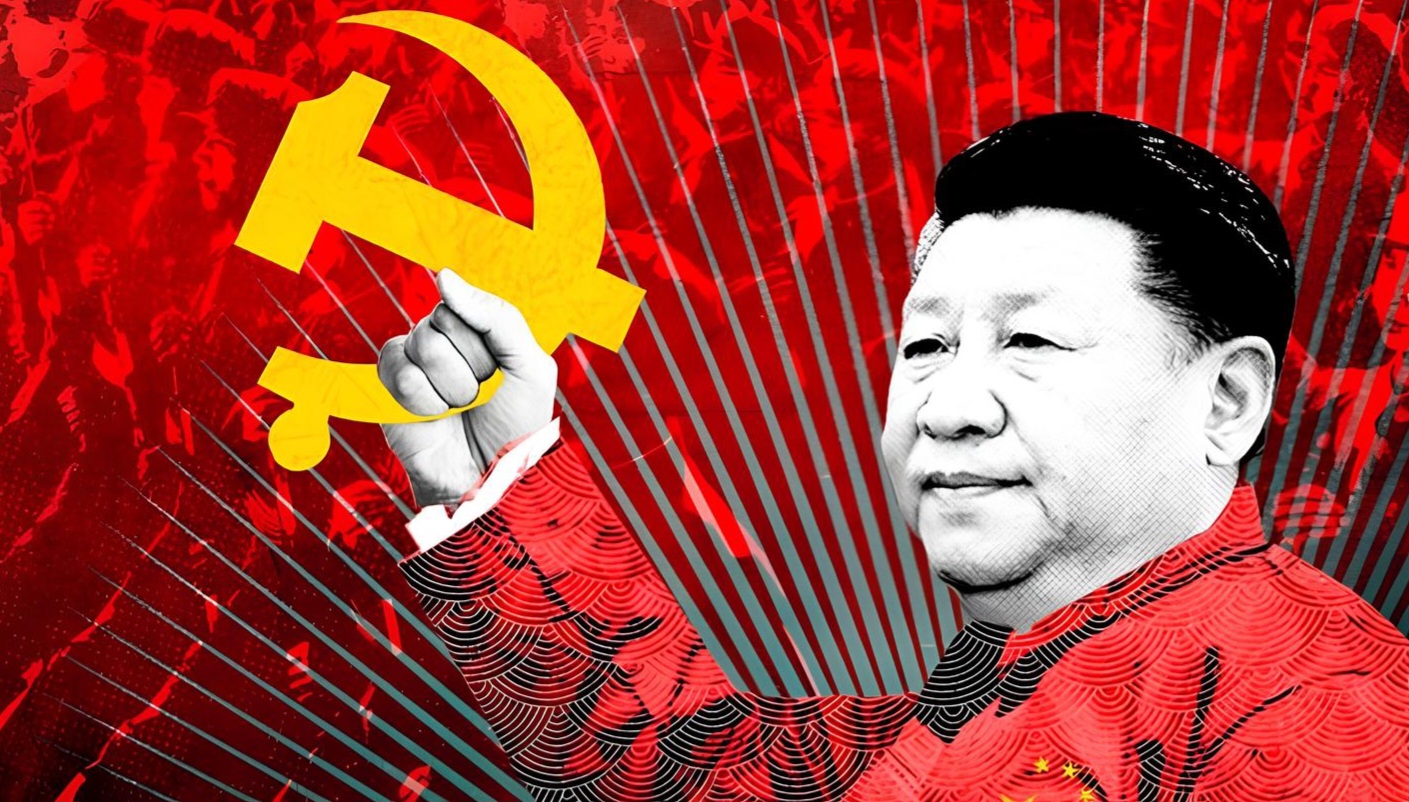
The historical Thucydides Trap looms, raising concerns about the region’s stability. Dialogue is crucial to avoid conflict in this intricate power play.
January 14, 2024

The history of all hitherto existing society is the history of class struggles,” famously remarked Karl Marx and Friedrich Engels in their famous “Communist Manifesto.” Likewise, the history of international relations is the history of the security dilemmas and pursuits to attain balance of power by the great powers.
The realist school of thought in IR believes the world to be an anarchy without any central authority governing it, in which different states indulge in the struggle to increase their position in the international system compared to their rivals, maintaining the overall stability of the region.
While the balance of power helps in maintaining temporary peace, it is not a guarantee for enduring peace; thus, actors in the international system engage in various security competitions, which experts call security dilemmas. The security dilemma, in theoretical terms, refers to the complex relationship between the balance of power and the outbreak of war, where states try to maximise their relative power compared to other players in the system.
Former United States Assistant Secretary of Defense for Policy and Plans and prominent Political Scientist Graham Allison calls it a Thucydides Trap, where the rising global power comes in confrontation with the established global power to gain the status of the leading hegemon in the anarchic international system.
If the rise of Imperial Japan and Nazi Germany in the 20th century led to the catastrophe of World War II, the rise of China in the 21st century again has the potential to push world powers into a long and widespread conflict.
With the fall of communism and the Soviet Union in 1991, we have seen the emergence of a unipolar world led by the United States. Subsequently, the liberal international order led by the United States took shape until most recently. However, it was the year 2013 when President Xi Jinping took over the reign of power in China, which was followed by muscular foreign policy and enhanced comprehensive national power.
With a nominal GDP of $18 trillion and the 3rd largest military force in the world, China is taking a huge leap forward vis-à-vis the USA in terms of relative power. The competition between both countries spreads across domains and across geographies. Nowhere is it more evident than in the Indo-Pacific region, with both of them involved in what International Relations scholar John Mearsheimer called “a quest for hegemony” in his seminal work “The Tragedy of Great Power Politics’.
In this quest for hegemony, China has started asserting itself in the region from the South China Sea to the Himalayan Mountains and from the Taiwan Strait to the Philippines Sea. Since 2020, China has been involved in a persisting border issue with India that has resulted in a border standoff between both countries. Simultaneously, China is also actively performing air drills in the Taiwan Strait, with experts contemplating a plausible ground invasion of Taiwan by 2025.
Despite the war in Eastern Europe and the crisis in the Middle East, by contrast the USA has enhanced its involvement in the Indo-Pacific region, further increasing the possibility of confrontation between both China and the USA.
Groupings such as Quad and AUKUS play an important role in the US’ engagement in the Indo-Pacific, further solidifying its position as a key security player in the region. In April 2023, the US and South Korea set forth the “Washington Declaration,” which outlines the joint nuclear deterrence cooperation protecting the Korean Peninsula from a plausible nuclear attack. Additionally, the launch of the Indo-Pacific Economic Framework (IPEF) in May 2022 signals convergence of economic interests between democratic countries in the region, juxtaposing it with the China-led RCEP.
On its part, China has disposed of all of its might to make sure that its Belt and Road Initiative (BRI) brings about an alternative world order than that of a Western-led order, with it leading the global south. Most recently, the USA has tried to counterbalance China’s BRI through mechanisms like the Partnership for Global Infrastructure and Investment (PGII); however, there is much little enthusiasm for it due to arbitrary conditions attached to American investments, such as protection of human rights and preservation of democracy, lectures of which are not being endorsed by the majority of third-world countries, who found China’s investment easy to attain and without any attached prerequisites.
Critical and emerging technologies are another such domain, apart from security and economics, where the competition between both countries is prevalent, with each country trying to project dominance in technology through new inventions. Beyond infrastructure elements, mechanisms like China’s Digital Silk Road (DSR) aim to put forward a China-centric digital order against a US-led western digital order. Technologies such as artificial intelligence and quantum computing will be key components in doing so.
With the potentiality of conflict increasing in the Indo-Pacific, one may wish for dialogue and diplomacy to be the priority; however, history hitherto shows it will be difficult in cases where there is a collusion of national interests between two great powers. It will be interesting to see if China and the USA can escape the “Thucydides trap”? The answer, unfortunately, at this moment, would be very unlikely.
A curated seletion of FA’s must-read stories.
Written By: DILARA SAHIN
Written By: RIZWAN RAFI TOGOO
Written By: ERIC SONG
Written By: BATUHAN GUNES
Written By: E. ERDEN
Written By: SHOHREH POOLAB
Written By: ALEYNA TASTAN
Written By: CIHAN KAAN GAZI

Darshan Gajjar is a research analyst for Global Strategic and Defense News (GSDN), an Indian think tank, and has recently completed his masters in political science. His areas of expertise include international security, defense, and strategic affairs. He is currently specializing in the domain of emerging forms of warfare and disruptive military technologies.
Written By: GABRIEL RAMIREZ
Written By: DILARA SAHIN
Written By: DILRUBA YILMAZ
Written By: NILAY CELIK
Written By: ELDANIZ GUSSEINOV
Written By: JOSEF SCHOEFL
Written By: SELCAN BEDIRHANOGLU
Written By: FATIH CEYLAN
FA’s flagship evening newsletter guilding you through the most important world streis ofthe day. Delivered weekdays.
